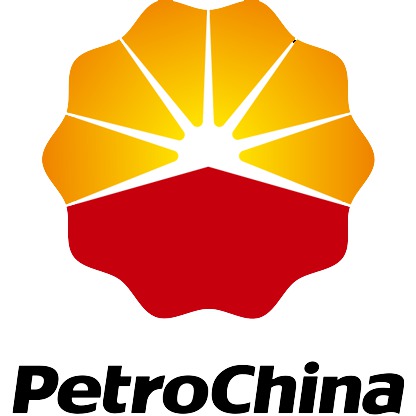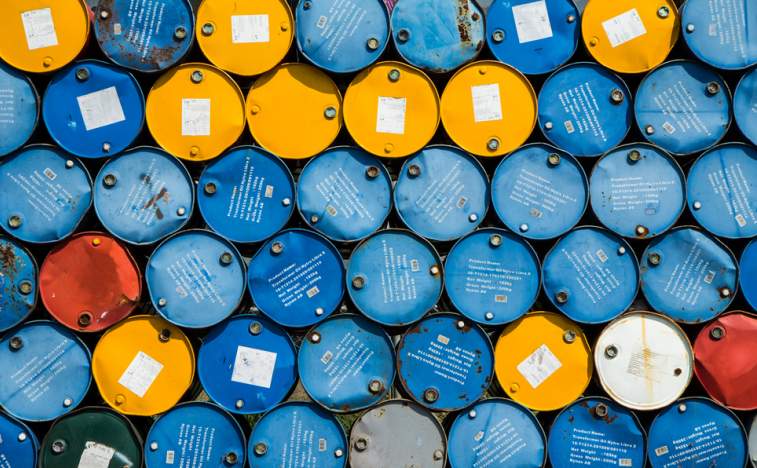 Singapore — Chinese oil majors will struggle to extend fast growth in shale gas production beyond 2025, as complex geology and failure to draw in more investors make it expensive to develop the unconventional resource.
Singapore — Chinese oil majors will struggle to extend fast growth in shale gas production beyond 2025, as complex geology and failure to draw in more investors make it expensive to develop the unconventional resource.
That would be a blow to China’s efforts to cut its reliance on gas imports, presently 42% of total consumption. It would also mean Beijing will have to step up development of other costly gas resources in its remote northwest to meet demand, as the country steers away from coal to achieve climate goals.
The world’s top energy consumer started producing shale gas in southwest Sichuan in 2012, inspired by a U.S. shale push, and has doubled output in the past two years to 20 billion cubic metres (bcm) – or about a tenth of its 2020 natural gas output.
But that is a fraction of its proven geological reserves of 1.8 trillion cubic meters by end-2019, and far behind the United States which helped by a shale boom has overtaken Saudi Arabia and Russia to become the world’s top oil producer.
State majors PetroChina and Sinopec have pledged to lift shale gas production by 75% to 35 bcm in next five years, but experts say output could peak at around 50-55 bcm by 2035 unless companies drill deeper that requires further technological breakthrough.
China could produce 30 bcm in 2025 by developing recent discoveries like the Weirong project at depths of 3,500-4,000 metres, but formations at a greater depth will be harder to access, noted Zou Caineng, shale expert and deputy director of PetroChina’s Research Institute of Exploration and Development.
It is tougher to apply technologies like horizontal drilling and hydraulic fracking in Sichuan’s mountainous terrain, versus the United States where fields are much larger and flatter, said Zhang Xianhui, gas researcher at consultancy Wood Mackenzie.
It is also hard to replicate factory-model drilling, which helped America cut costs, in the densely populated province.
“There are a lot of uncertainties beyond 2025 over further ramp up of shale gas production,” Zhang said.
INVESTMENT
The failure to get investments is further stymieing China’s shale push. BP in 2019 became the last international oil major to leave China’s shale scene, after a flurry of exits by global and local explorers amid disappointing results despite ploughing in billions of dollars since 2012.
China’s CNOOC, PetroChina invite LNG tenders on Shanghai gas exchange
China’s majors, left with the responsibility to develop shale, have scooped up half a dozen commercial projects in Sichuan such as Sinopec’s flagship Fuling and PetroChina’s Changning-Weiyuan and Zhaotong.
But output at Fuling has plateaued while discoveries like Weirong and Luzhou are more costly to develop, analysts said.
Sinopec, which developed China’s first major commercial find, declined to comment.
PetroChina, China’s top explorer, however has seen faster growth in output and more discoveries thanks to its larger acreage.
PetroChina officials said exploration and production costs for shale gas are 20-30% higher than conventional resources, state-run China Energy News has reported.
Beijing has since 2016 handed out over $2 billion in subsidies to the shale sector.
CONVENTIONAL RESOURCES
China will need to step up the development of conventional resources such as high-pressure, high-temperature reservoirs in the Tarim basin, in the remote northwest Xinjiang region, or low-yielding but shallower tight gas in Ordos basin, in the north, to fill any gap left by a slowing shale gas expansion, analysts noted.
These may be better assets to develop from a capital allocation perspective, said Angus Rodger, Woodmac’s research director.
IHS Markit consultant Zhu Kunfeng says it can be more costly sinking wells into projects like the Keshen, 8,000-9,000 metre below the Gobi Desert, but per-unit cost will be lower owing to its much sizeable output.
Follow us on twitter
- Reuters



